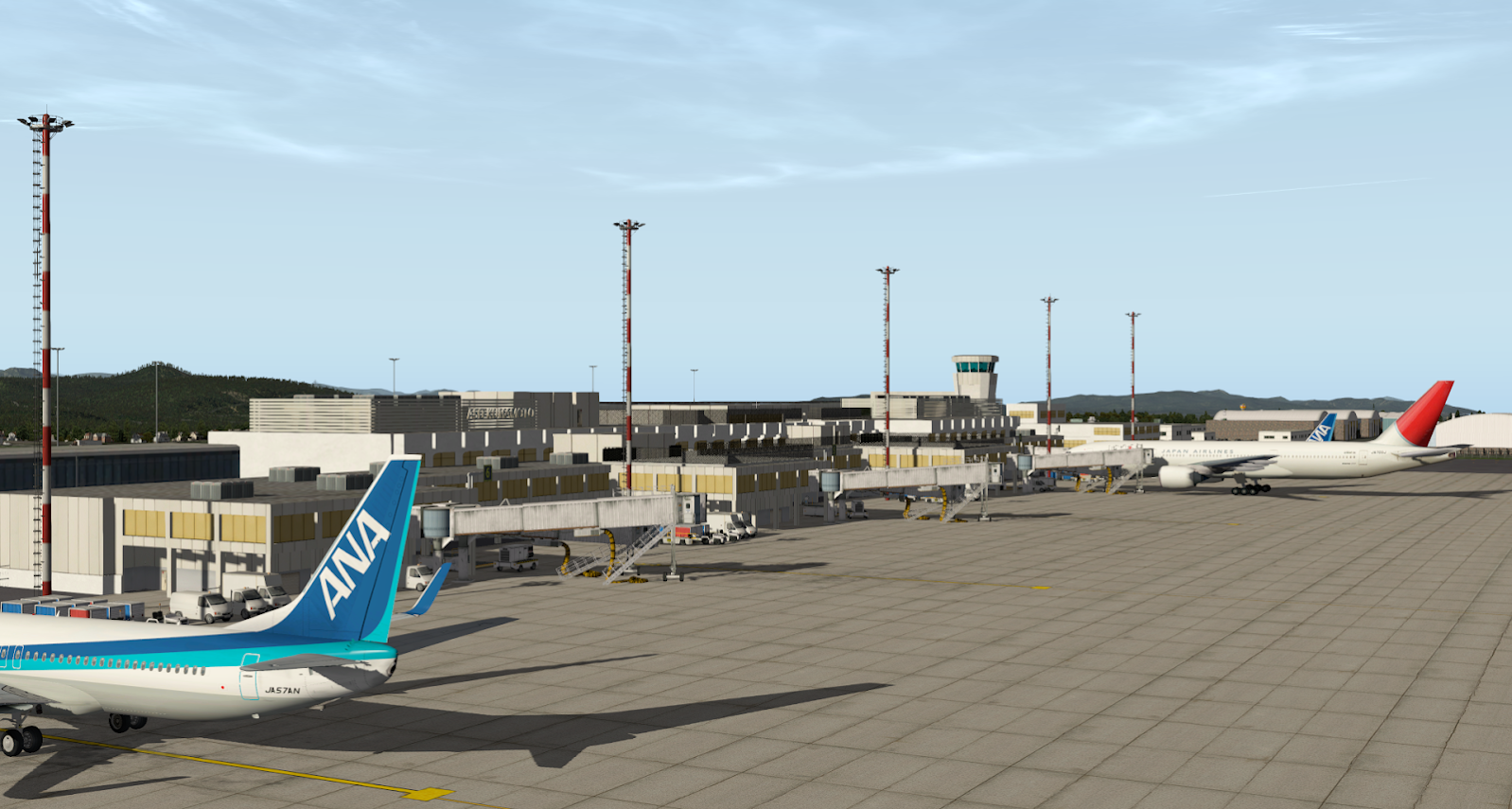
Boeing BA expressed similar confidence in the remote vision system it launched with its KC-46 aerial refueling tanker. NASA’s faith in XVS is based on test flying done from its Langley Research Center in Virginia. Contrast capability is the next most important component.” He adds that high resolution is necessary “but not sufficient for equivalent. “We could have gone with a higher resolution for more capability but the cost and schedule would have been more risky so we stayed with something more attainable,” Bailey says. Small quarter-windows in the front cockpit section offer an oblique forward view of the outside but are obstructed by the canards on the nose. Inside the cockpit the 4K XVS monitor is directly in the pilot’s line of sight atop a pair of multi-function instrument displays behind the control stick. Small quarter-windows offer a little more view but are obstructed by canards. above two multi-function instrument displays below. The X-59 pilot's forward view comes from the high resolution display directly in his line of sight.

That’s not a lot but the pilot can look to 180 degrees, left and right, through the X-59’s side windows. The primary camera offers a 20-degree vertical by 30-degree horizontal view of the outside. It extends for the takeoff/landing phases of flight and, like landing gear, retracts for cruise. It’s not a primary feature of the system however and the X-59 won’t often be flying through vision-obscuring weather.Ī second camera underneath the nose provides a part-time downward forward view. It’s augmented with synthetic vision capability, allowing the pilot to artificially see through fog and clouds as in some airliners. NASA’s XVS system is comprised of three major assemblies: an XVS pallet which contains processors, network equipment, video and power distribution components, a pair of high resolution cameras, and a 4K monitor.Īs can be seen in the title image, the main 4K camera resides atop and slightly ahead of the cockpit, semi-flush with the surface to reduce drag. It’s worth noting that the proposed supersonic Overture airliner isn’t focused on noise. “How Boom overcomes the challenge of visibility over the nose is up to them,” Bailey says. Its single-pilot cockpit section is actually taken from the rear of the two-place Northrop T-38 advanced trainer. The shape of the X-59 is critical to its low-boom characteristics. “We wanted to make an ‘electronic window’ and we thought the technology had matured enough,” Bailey explains.


NASA concluded that an articulating nose was not only too heavy but too complex and costly for the relatively affordable low-boom X-plane it wanted to design. We started looking at at NASA under the High Speed Civil Transport program back in the 1990s.” (Photo by Keystone-France/Gamma-Keystone via Getty Images) Gamma-Keystone via Getty Images A photograph of the French-British 001 CONCORDE prototype during take-off for a 27 minute trial.


 0 kommentar(er)
0 kommentar(er)
